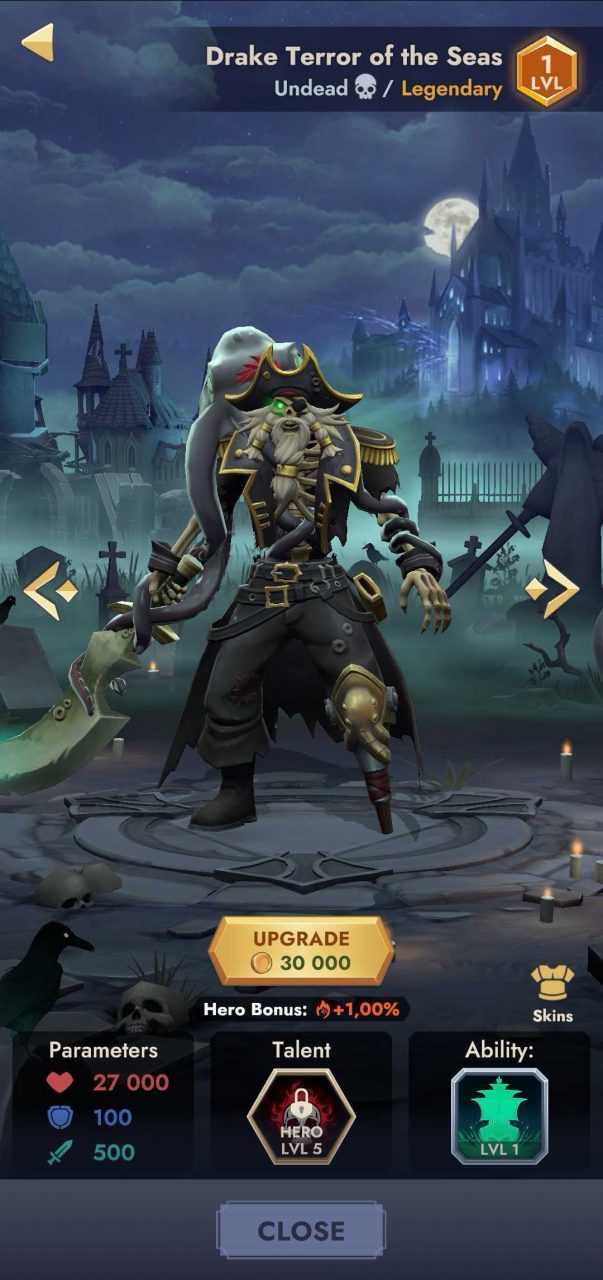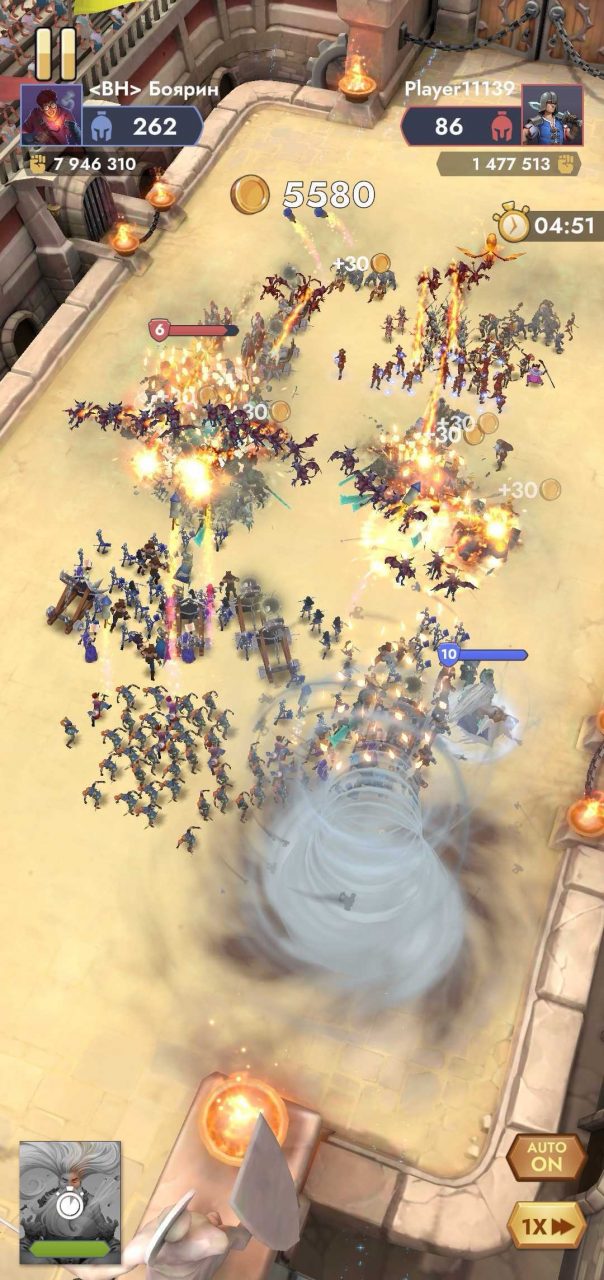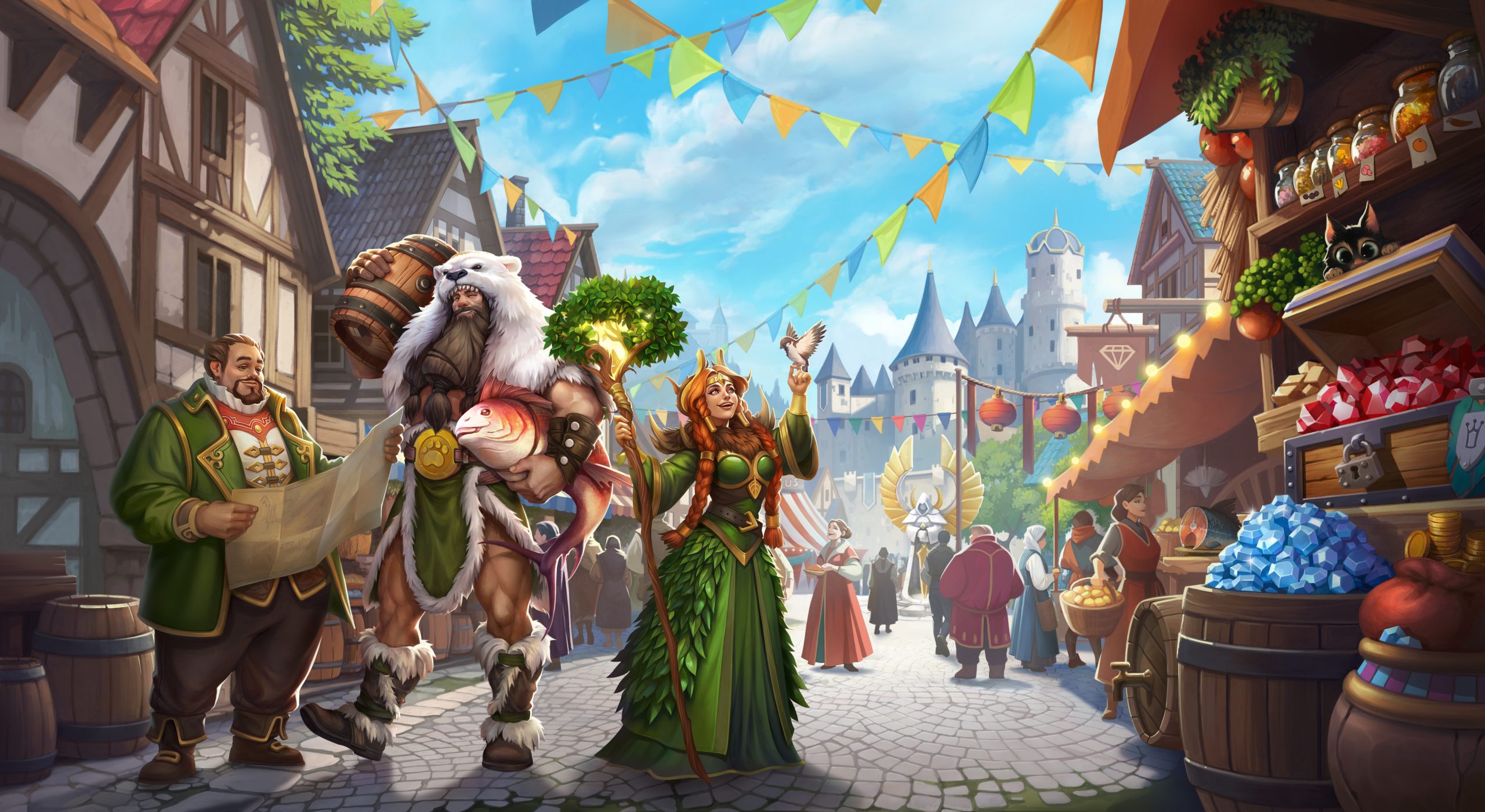Creating characters for a midcore battler
What matters more to players when choosing heroes: flashy visuals or stats that help them dominate in the arena? After three and a half years of working on Kingdom Clash, we’ve learned there’s no quick or simple answer. We’ve gone from “Wow, cool idea—let’s do it fast” to “Let’s think this through and put it on the six-month roadmap.” In this article, we’ll break down how heroes and units impact not just gameplay, but the overall economy of the project.
Where we get ideas for heroes and units
In the early stages of a game’s life, one of the most important things is grabbing the player’s attention with strong visuals. Units need to look original, and their active abilities should feel impactful on a mobile screen. That’s probably why most midcore battlers lean toward fantasy settings—other genres just don’t leave enough room for visual imagination.
We originally wanted a dark medieval setting—minimal magic, more Game of Thrones than high fantasy. But once we started designing units, it became clear: there’s only so much you can do with swords and bows. Every new iteration added more and more fantasy elements. Today, Kingdom Clash includes three full factions: humans, mages, and the undead.

At the same time, there’s nothing wrong with having some genre staples, especially among Tier-1 units. Infantry, archers, catapults—these help players get familiar with the basics: melee vs. ranged combat, AoE, positioning, heroes, abilities, and so on.
From the start, we wanted most heroes to feel unique on mobile. We pulled references from all over, including classic PC hits. One example: the Air Mage, who summons a battlefield whirlwind that pulls in nearby units. That idea partly came from the cult PC strategy Age of Mythology.

Another legendary hero is Drake, Master of the Seas—a pirate with an octopus on his back who summons a massive ghost ship that glides across the battlefield. It’s a clear nod to Kunkka’s ult from Dota 2.

The goal was always to make heroes memorable: striking visuals paired with standout abilities that looked great on mobile. Meteor swarms, tornadoes, ghost ships—we leaned into spectacle.
Game designers and people from the art team would go through dozens of popular titles—not just battlers—and jot down ideas for heroes, powers, or combos for the producer to look at. Then we’d review them as a group and figure out what fit, what didn’t, and what could be adapted to our mechanics.

At first, we were sure players mostly cared about impressive-looking abilities. But over time, we saw a different pattern. Players actually valued buffs, debuffs, and control effects more than we expected. Doubling your team’s attack might not look as exciting as a flaming tornado, but it helps you climb the leaderboard—and players noticed.
A few hints on creating new heroes
For a game to grow, its hero and unit rosters have to expand. After Kingdom Clash found early success, we laid out a bigger plan for new hero creation. One of our goals was to make passive abilities—what we call talents—available to all heroes. Rares and epics would get one; legendaries would get two.
But in practice, that was tough to scale. Making and testing all those combinations would take too long. So we limited talents to legendaries only. Later, when we introduced a new mythicl rarity, we gave those heroes talents too.
Over time, we settled into our own approach. These days, we define talents for upcoming heroes well in advance. That way, they fit cleanly into the game’s balance and economy. Before that, things were more reactive—we’d see a cool ability somewhere, give it to a new hero, ship it, and adjust on the fly.
In general, it’s more worthwhile to invest in new heroes than to constantly rework old ones. First, it expands the roster—and that matters. The more heroes there are, the slower players burn through content.
Back when the game launched, we had just three heroes. A new player could get a legendary and level them to 10 in about a month—even with only a 5% drop chance from chests. Today, with over 30 heroes in the game, reaching level 10 on your epic might take six months.
Second, new heroes give you an opportunity to build out offers and boost monetization. But that’s a broader topic—and one we’ll cover in another article.
Key takeaways
- To draw players in—especially early on—cool, unique hero visuals matter. Don’t be afraid to pull inspiration from outside your genre.
- Creating new heroes is more labor-intensive than reworking old ones, but the payoff is far greater in terms of metrics.
- If you’re adding heroes impulsively without a long-term roadmap, you’ll end up spending a lot of time firefighting balance issues.
